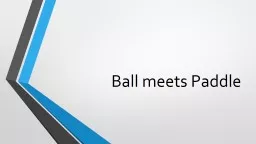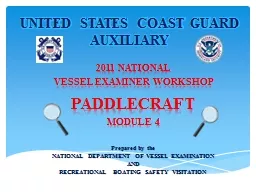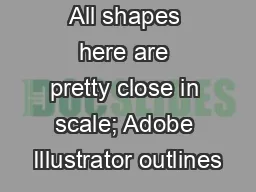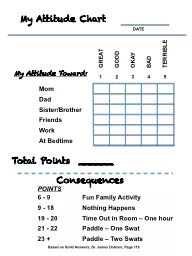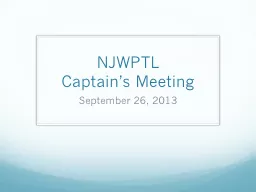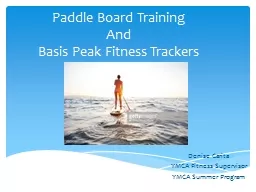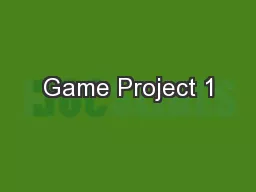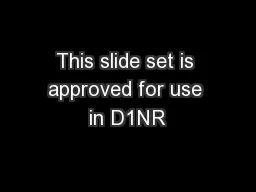PPT-Ball meets Paddle
Author : celsa-spraggs | Published Date : 2017-10-23
Telling the ball when it has hit the paddle If we dont do anything the ball will go right through the paddle oh no We need to tell the paddle when it has been hit
Presentation Embed Code
Download Presentation
Download Presentation The PPT/PDF document "Ball meets Paddle" is the property of its rightful owner. Permission is granted to download and print the materials on this website for personal, non-commercial use only, and to display it on your personal computer provided you do not modify the materials and that you retain all copyright notices contained in the materials. By downloading content from our website, you accept the terms of this agreement.
Ball meets Paddle: Transcript
Download Rules Of Document
"Ball meets Paddle"The content belongs to its owner. You may download and print it for personal use, without modification, and keep all copyright notices. By downloading, you agree to these terms.
Related Documents

